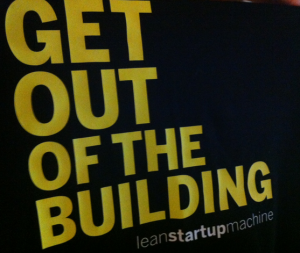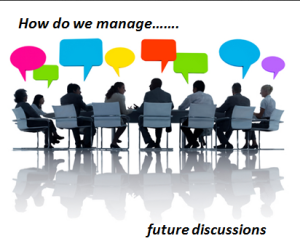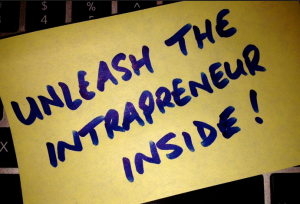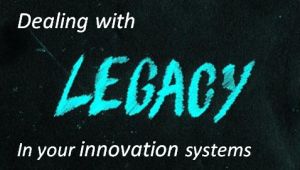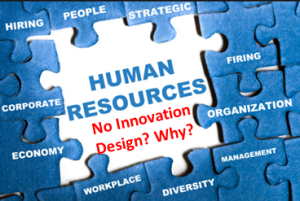 We are facing tough challenges within the business world. To work through these we are all being asked to transform but there has to be a clear end, a return for all this energy and resources it requires, that we are being asked to spend?
We are facing tough challenges within the business world. To work through these we are all being asked to transform but there has to be a clear end, a return for all this energy and resources it requires, that we are being asked to spend?
How and where does innovation fit will clearly depend on this transforming effect. We are fairly clear that incremental innovation is just not cutting through to give the types of growth expected. There are many outside our existing organizations, standing impatiently at the gates, waiting to come in and take over with market breaking concepts through different business models .
We need to transform, be disrupted or certainly re-imagine and this is where knowing your ecosystem comes in.
Our existing organization needs to envisage a changing world full of disruption that calls for radical change. To meet different challenges, to be highly adaptive it needs to begin to organize around ecosystems to deliver on a vision that recognizes it has to be part of a greater collaborating network to thrive in this highly connected world.
Today larger organizations are having to face the stark truth. Continue reading “The New Innovation Need: Organizing within a Networks of Collaborators”
